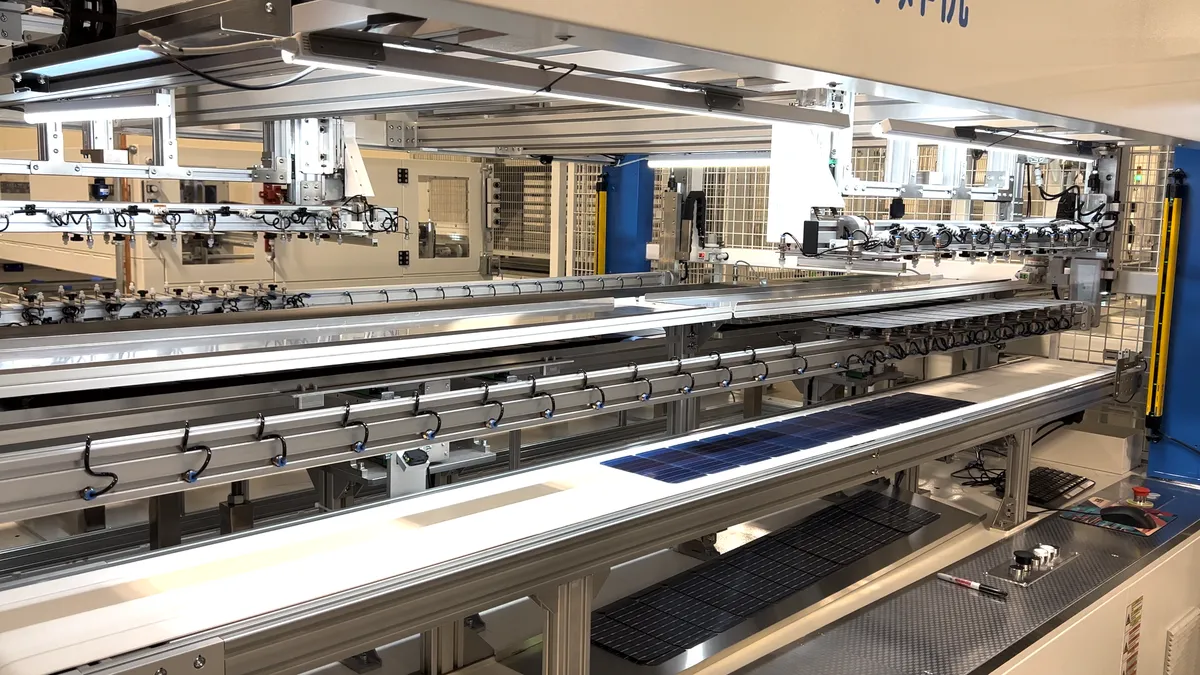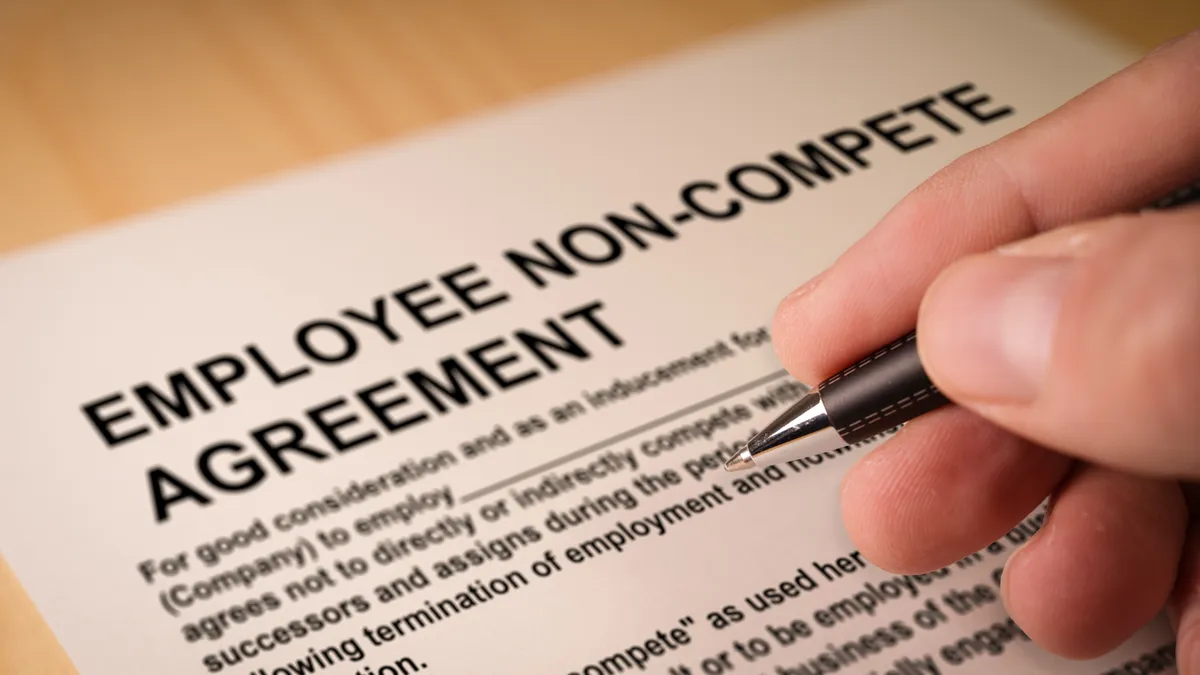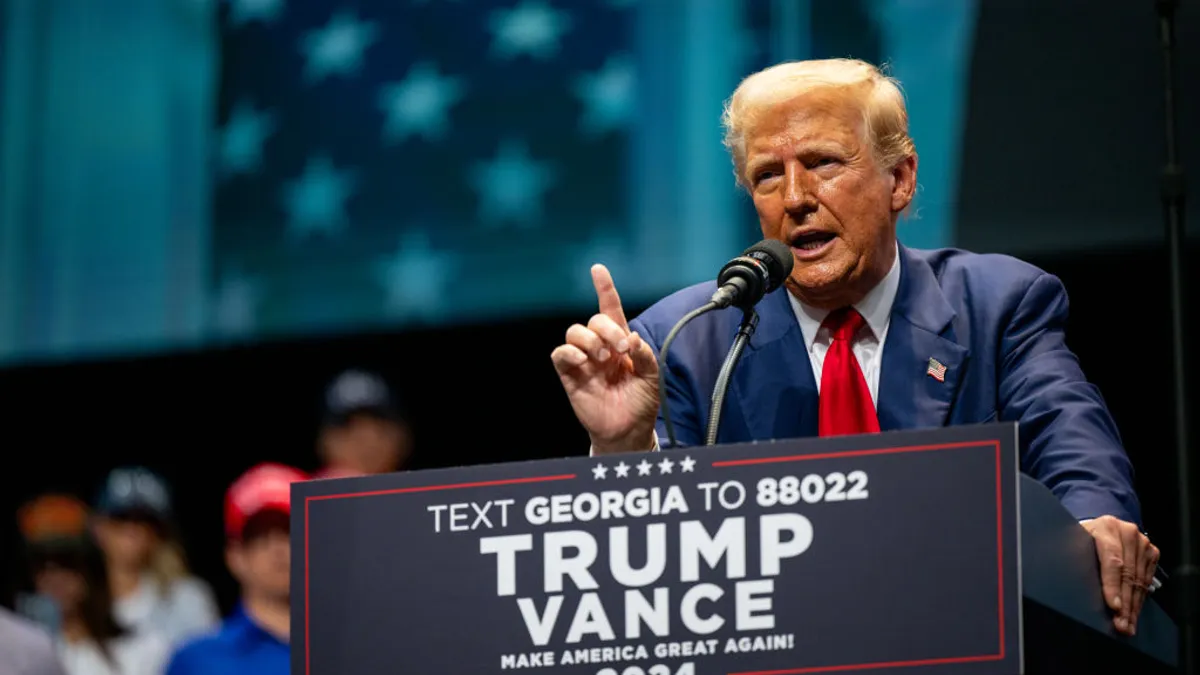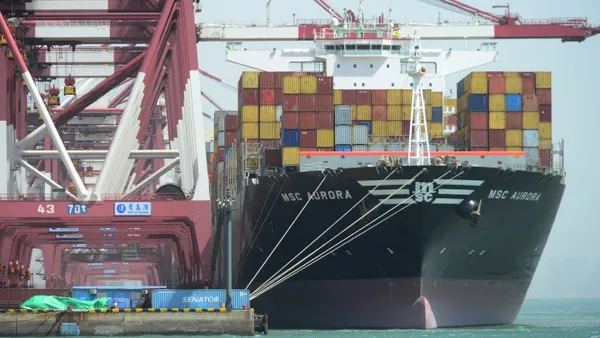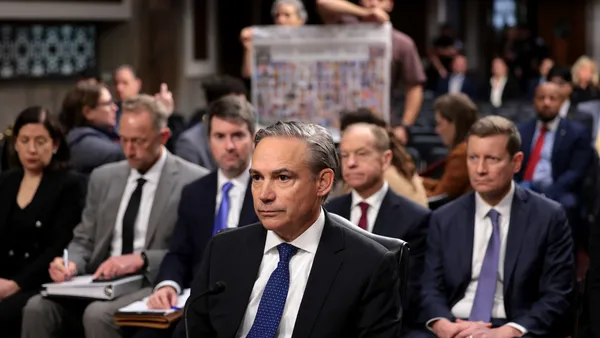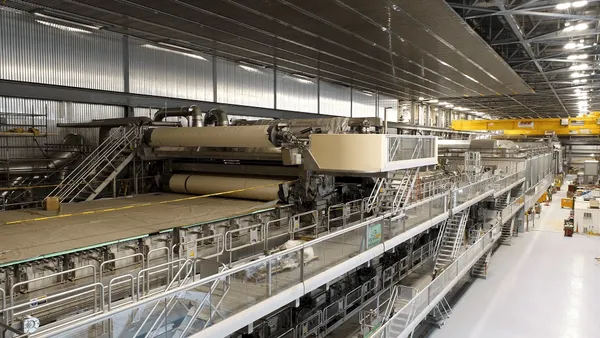This isn’t Martin Pochtaruk’s first time navigating his company through a volatile trade environment under President Donald Trump.
The solar module manufacturer, established in 2010, began implementing changes to its production when Trump first placed 30% tariffs on solar modules and cells in February 2018.
Now that Trump has returned to office, he’s following through on his commitment to impose 25% tariffs on all steel and aluminum imports, set to begin March 12.
In the meantime, Heliene has been preparing for these heightened duties. In 2023, the solar module manufacturer expanded its manufacturing and assembly line at its Mountain Iron, Minnesota, facility. The company also raised $170 million the same year in an effort to expand and create clean energy manufacturing jobs within the clean energy transition.
In August 2024, Heliene and solar module maker Premier Energies announced plans to build a joint solar cell facility in the Minneapolis – St. Paul, Minnesota, area. The company also signed a module supply agreement with UGE, as well as a silicon wafer supply agreement with NorSun, set to begin in 2026.
Most recently, Heliene entered a multi-year contract with Origami Solar to offer steel-framed solar modules to the North America market, according to a Feb. 19 press release. Heliene’s 144 and 156 half-cut bifacial modules, as well as Origami Solar’s steel frames, will be available in April, along with aluminum frame options.
With all the actions Heliene implemented since Trump’s first tariffs go-round, the solar module manufacturer is prepared for the next changes.
“As the saying goes, fool me once, shame on you. Fool me twice, shame on me, so that’s not happening again,” Pochtaruk said.
Manufacturing Dive spoke with Pochtaruk to talk about Heliene’s strategy and how the tariffs may impact solar manufacturers.
Editor’s note: This interview has been edited for length and clarity.
MANUFACTURING DIVE: How did Heliene adapt when Trump imposed heightened tariffs during his first presidential term?
MARTIN POCHTARUK: We made the decision [in March 2018] to invest in a new manufacturing line in the U.S., here in Minnesota, and by October, we started it up. So that was the first investment … we call it, line one. Then by 2021, we decided to double down and invest in another line that was built and started up in November 22. Then, because of the Inflation Reduction Act, we replaced the 2018 line with a brand new line . . . started up in November 2023.
So those are the two lines that we have and right now we are in the middle of the third investment in Minnesota for yet another line that will start up by the end of April.
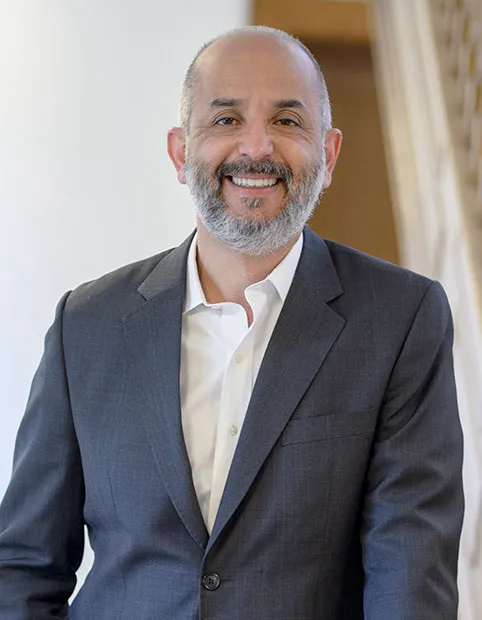
The two lines that we have are in the same location, which is Mountain Iron, Minnesota. That is a mining area. So, 100% of the iron ore that is produced in this country comes from across the road from us. We’ve been there, proving that the diversification of the economy with the energy transition is possible. We employ 340 people on that site. The next facility is on the outskirts of Minneapolis.
Trump made plans to impose tariffs again, particularly on steel and aluminum. How would that impact solar manufacturers and the industry as a whole?
It will affect the industry by increasing costs. Everything is made of steel and aluminum, and then the frames of the modules are aluminum or steel. If you buy imported, it will be 25% more expensive. But what always happens when there is a restriction on the market, is that the domestic price also goes up [adjusting] to that cost increase. Market price increase will happen.
Costs will not only be placed on the company but also passed on down to the customers.
Always does, right? So, if somebody has a fixed price contract . . . then they will need to absorb this cost increase. But if they work like us on costs, we sell the module on cost plus the contribution, so we make our costs transparent.
How did the Origami Solar deal come about? And was this in the process before the proposed tariffs?
It [took] a year, because one of the things that Origami claims is that the modules made with steel frames versus aluminum, which is what we've been using since 2010, have a higher mechanical resistance. So we had to make samples, right? Those samples had to be put into modules, and those modules have to be tested. Some of the testing that we do takes 2000 hours, which is four months. We’ve been testing these modules for six months, and then we started negotiating the contract. So it has been a one year ongoing thing. We started, I would say, February or March 2024.
What advice can you give to other solar manufacturers on how to adapt and on what to do to keep customer relations and still make a profit despite the tariffs?
Well, it's major cost transparency, right? Work open book so your your client can see that your contribution, what you are making, is not offensive but the margins that we have are slim and that, I think, this is impossible to absorb.
[We] show [customers] what the costs are, what is the change and again, in an era where everybody will fight you legally for one penny, you need to be able to have your contracts written in a way that if there is an increase in costs, those could pass through. That's why I mentioned if companies have a fixed price contract, then they wouldn't be able to pass through any people.



